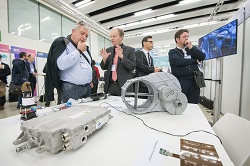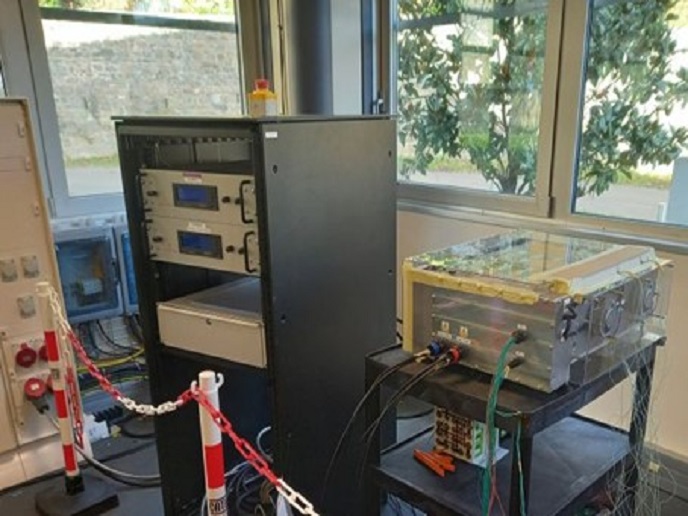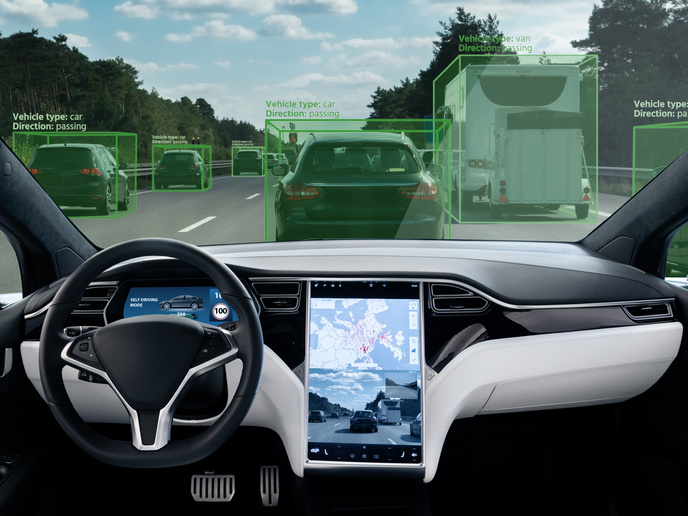Semiconductors for higher efficiency, comfort and affordability of EVs
3Ccar (Integrated Components for Complexity Control in affordable electrified cars) is all about addressing complexity. Its ambition is to increase comfort and make electric cars more affordable, all this while paving the way to what many stakeholders believe to be the future of mobility: connected and automated cars. “To put it simply, we counter the increasing complexity of electrical cars – which is due to the growing number of requirements targeting higher functionality, efficiency and comfort in affordable smart electrified cars – with semiconductors,” says Reiner John from Infineon Technologies, coordinator of 3Ccar. Getting there was, however, not as easy as it sounds from this short description. The project took three essential components of electric vehicles – powertrain, battery and fuel-cell systems – and redesigned them completely to include highly innovative semiconductors able to increase their energy efficiency, cost effectiveness and reliability. They subsequently bridged these components by means of functional, thermal-electrical, electro-mechanical, electronic and nanoelectronic component integration. “It’s a completely different mindset, moving away from the traditional E/E architectures to a domain-organised architecture and the integration of all subsystems,” John explains. Let’s take the battery example: whilst they could be considered as the heart of electric cars, the 3Ccar project aimed to make them their brain, too. In comparison with standard battery packs, the 3Ccar system is more cost-effective over its entire life cycle: built-in micro-controllers allow each cell to know about its current state and ‘talk’ to its peers and other devices in the car. If any problem arises, the cell will simply decouple itself from the cluster, and the car will keep working. Moreover, whilst one defective battery cell used to involve the replacement of the whole battery, it will now be possible to replace only the malfunctioning cell. In other words, the greater integration targeted by the project also implies higher system partitioning. According to 3Ccar consortium members, such partitioning is crucial to achieve higher robustness, simplicity, higher fail-safe redundancy, cost reduction and simplified maintenance independence from suppliers. Through this vision, the project actually challenges the conventional approach of a multifunctional centralised body computer overseeing all car systems. Instead, each in-car system is now able to monitor sensor data while allowing for real-time evaluation and remote programming. This is made possible by model-based algorithms which can determine the lifetime and operability status of each electric vehicle component. “Our approach is proving to be successful, and starting to see industrial adaptation. The requirement of availability and continued operation even after sub-system failure is now widely accepted, notably for highly automated cars in categories L4 and L5,” says John. With electric, connected and automated (ECA) cars expected to become mainstream in 2030, technologies developed under the 3Ccar project will certainly be quick to find their way to commercial applications.
Keywords
3CCAR, demonstrator, electric car, diagnostics, semiconductor, automated car, Infineon, nanoelectronics







